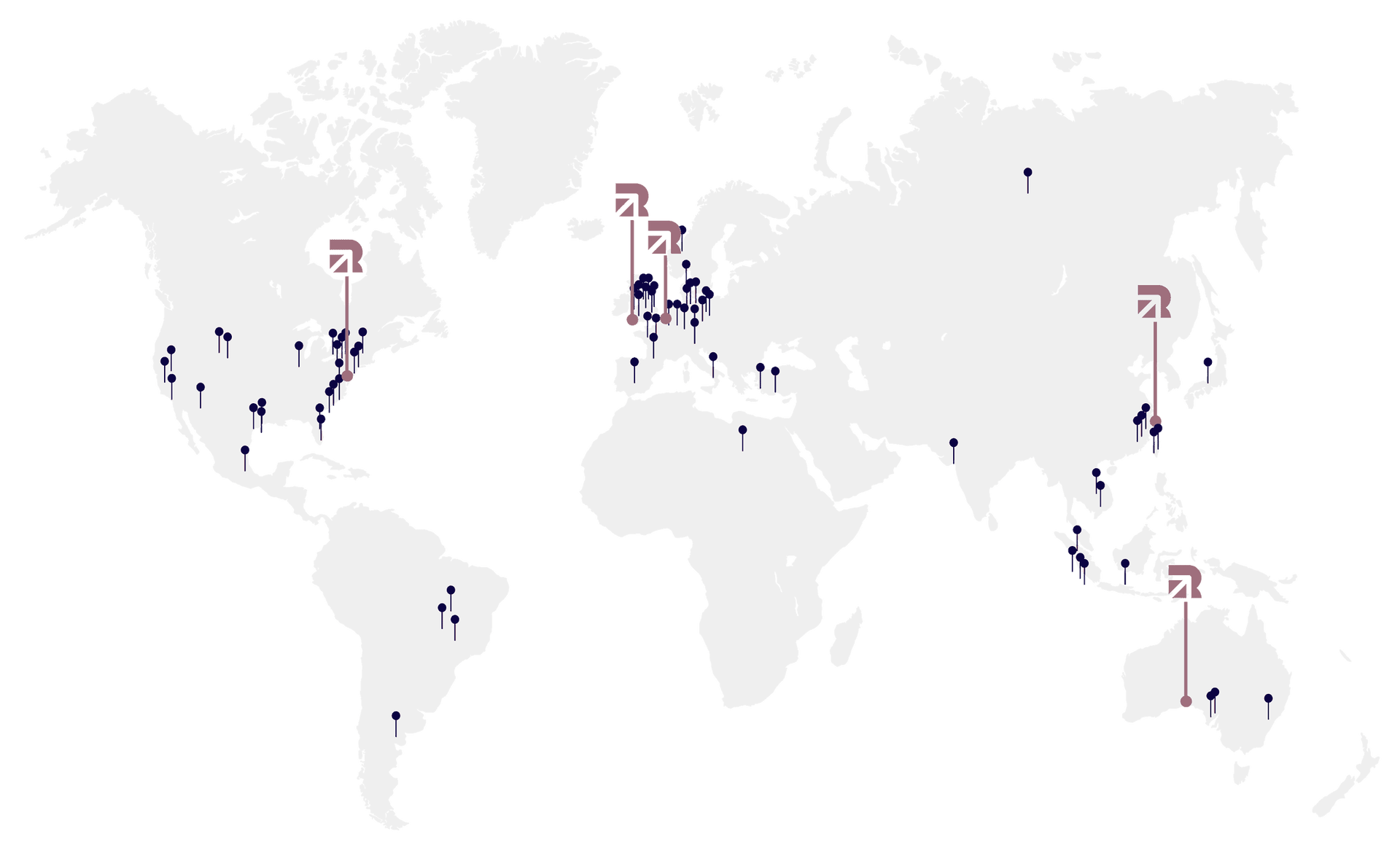
A bit about us
Richardson is a global sales training company that equips revenue teams to win. We help sellers lead high-value customer conversations that compel buyers to act. Our powerhouse sales methodologies, grounded in our Consultative Selling and Challenger Sale approaches, drive consistent outperformance. Through customized learning, expert facilitation, data-driven insights, and ongoing reinforcement, we make sure training sticks. Our solutions integrate seamlessly, deliver commercial insights, and clearly connect to business outcomes—giving Revenue Leaders the scale and impact they need.
This is where it all began
The relationship between buyers and sellers has always been the lifeblood of every company, but it doesn't come without its challenges. For what seemed like forever, many salespeople jumped straight to selling products, without first stopping to learn what their prospects really needed. Customers rarely felt understood, and sales professionals never quite reached their full potential.
So in 1978, Linda Richardson, an English teacher-turned-management consultant, began teaching salespeople how to better relate to customers, listen more closely to their needs, ask better questions, and build trust. The approach worked, and Richardson eventually grew into a respected global brand. The company later joined forces with Sales Performance International and Doubledigit Sales, e4enable, and Challenger to bring even more process and rigor to sales organizations.
Today, Richardson has helped more than 900 global clients and over 3.5 million people increase performance by customizing the training to their selling environment. We deliver more adaptable content, more useful technology, and more visible progress. It’s all about making training work in the real world that reps have to compete in every day.
Richardson's key differentiators
Instead of generic, one-size-fits-all training that overlooks your team’s specific challenges, you'll receive customized content aligned with your industry, market, and each selling role’s unique needs. Personalized reinforcement provides the right content at the right time for the right individual.
Relevant Content
While training is essential, sustained, relevant learning drives real results.
Instead of generic, one-size-fits-all training that overlooks your team’s specific challenges, you'll receive customized content aligned with your industry, market, and each selling role’s unique needs. Personalized reinforcement provides the right content at the right time for the right individual.
Flexible Learning Architecture
True transformation occurs when every seller is equipped to grow continuously.
Instead of rigid, one-dimensional training that creates short-term excitement but lacks lasting impact, you'll experience a blended, flexible learning architecture for ongoing development at scale. This approach combines digital, bite-sized content integrated into the flow of work with live, instructor-led workshops and coaching.
Actionable Measurements
Move from uncertainty to informed, data-driven decisions.
Instead of guessing whether your training and development efforts are making an impact, you gain actionable insights and data that clearly link your investments to your key business metrics. With real-time analytics, you’ll know exactly where performance is improving and where to focus next to drive continued growth.
Company History
Local Experience, Global Expertise
Transforming large international sales organizations requires an understanding of how to balance driving a consistent global approach with the flexibility needed to sell in local markets. Here at Richardson, we take time to understand each client’s global sales footprint, their unique structure, and the critical selling skills that are needed to succeed in each region. We are proud to have over 100 of the most experienced facilitators worldwide who have trained two million sellers, in 50 countries and over 23 languages.

![]()
United States Office
Two Commerce Square, 2001 Market Street, Suite 2850, Philadelphia, PA 19103
![]()
London Office
Guildhall Yard, London EC2V 5AE
![]()
Brussels Office
Elsinore Building, DaVincilaan 9, B-1930 Zaventem, Belgium
![]()
Australia, Asia, New Zealand Office
38 Sydenham Road, Norwood, South Australia 5067
![]()
Shanghai Office
Room 1707, Oriental Century Mansion, No. 345 Xian Xia Road, Changning district, Shanghai
![]()
Canadian Office
2967 Dundas St. W. #1427 Toronto, ON M6P 1Z2